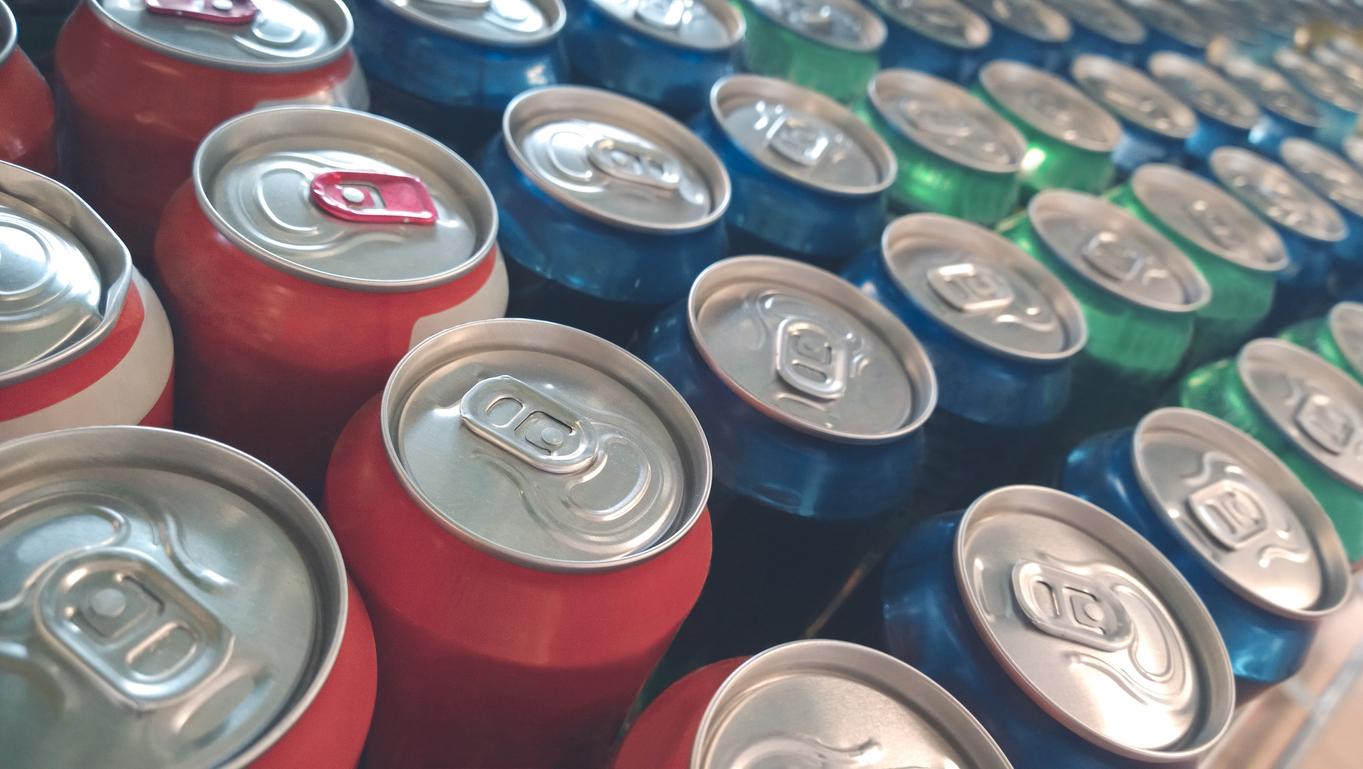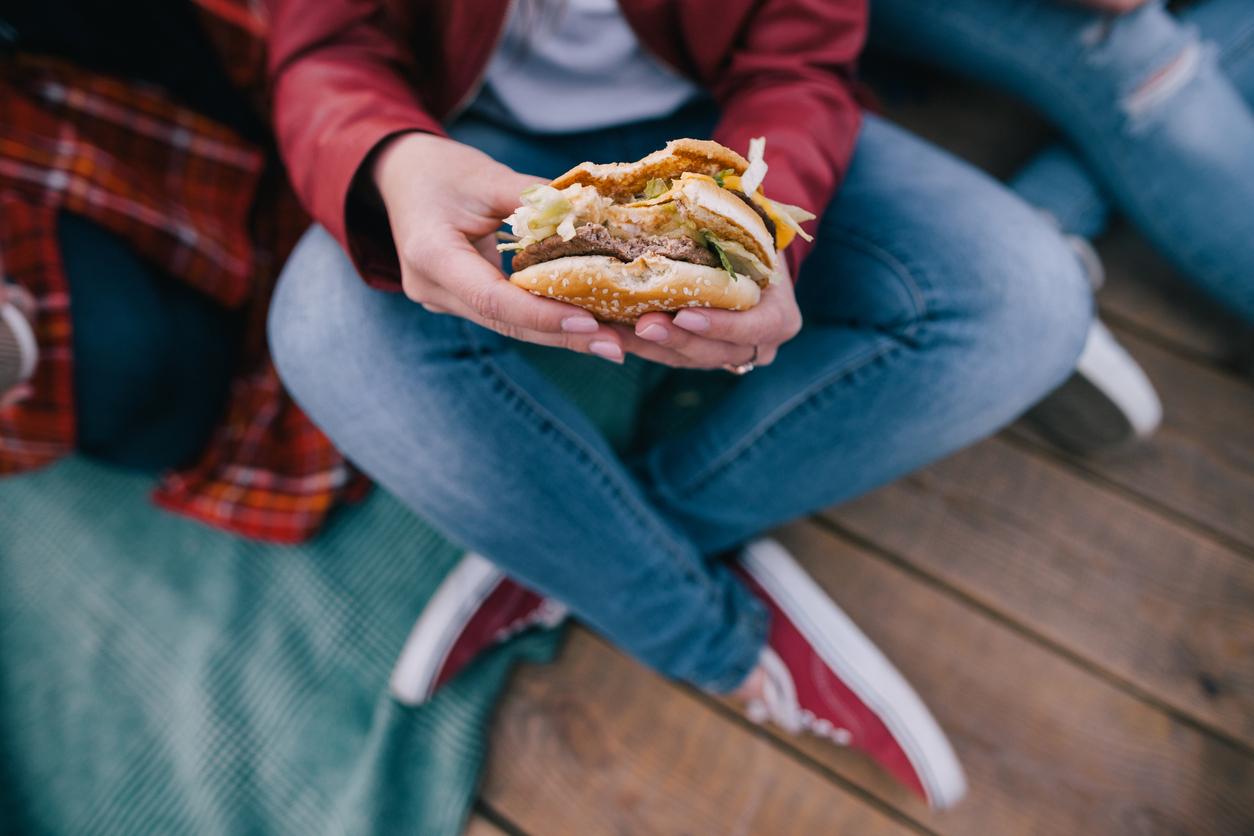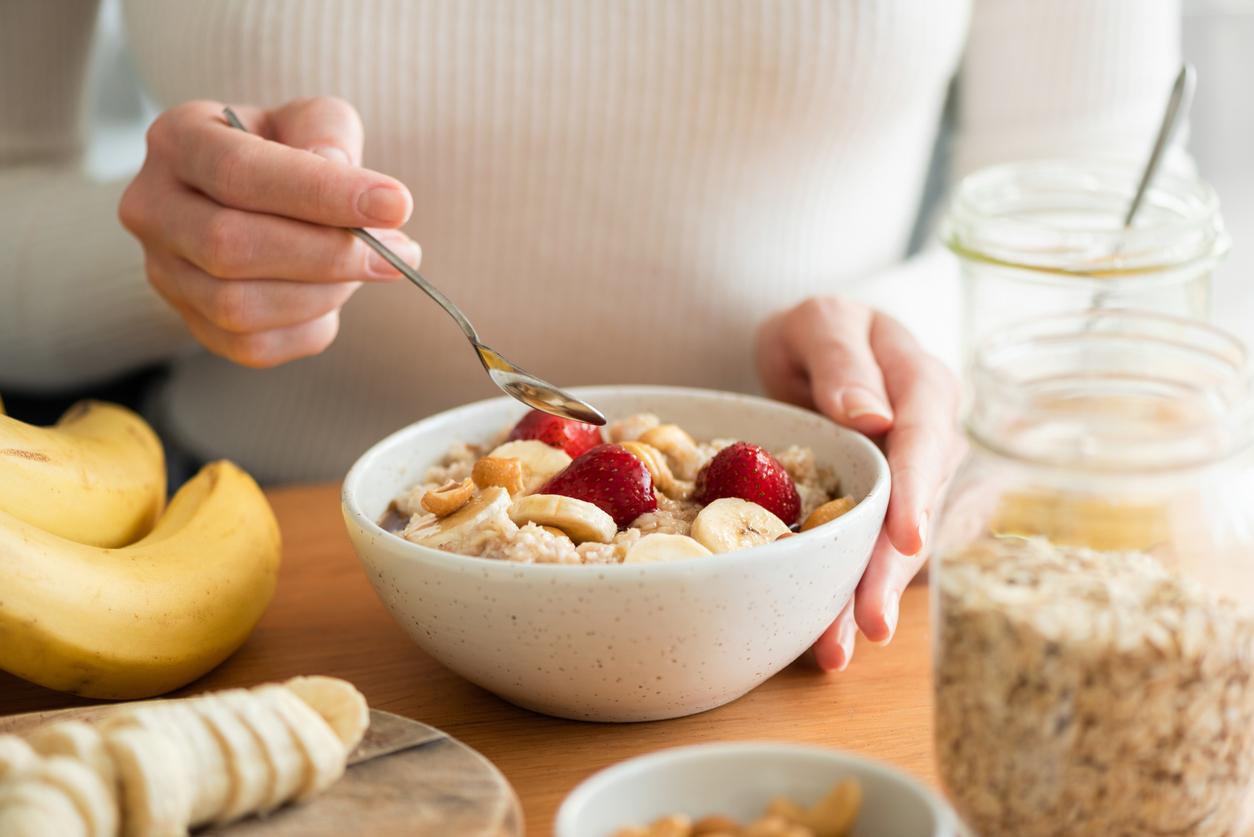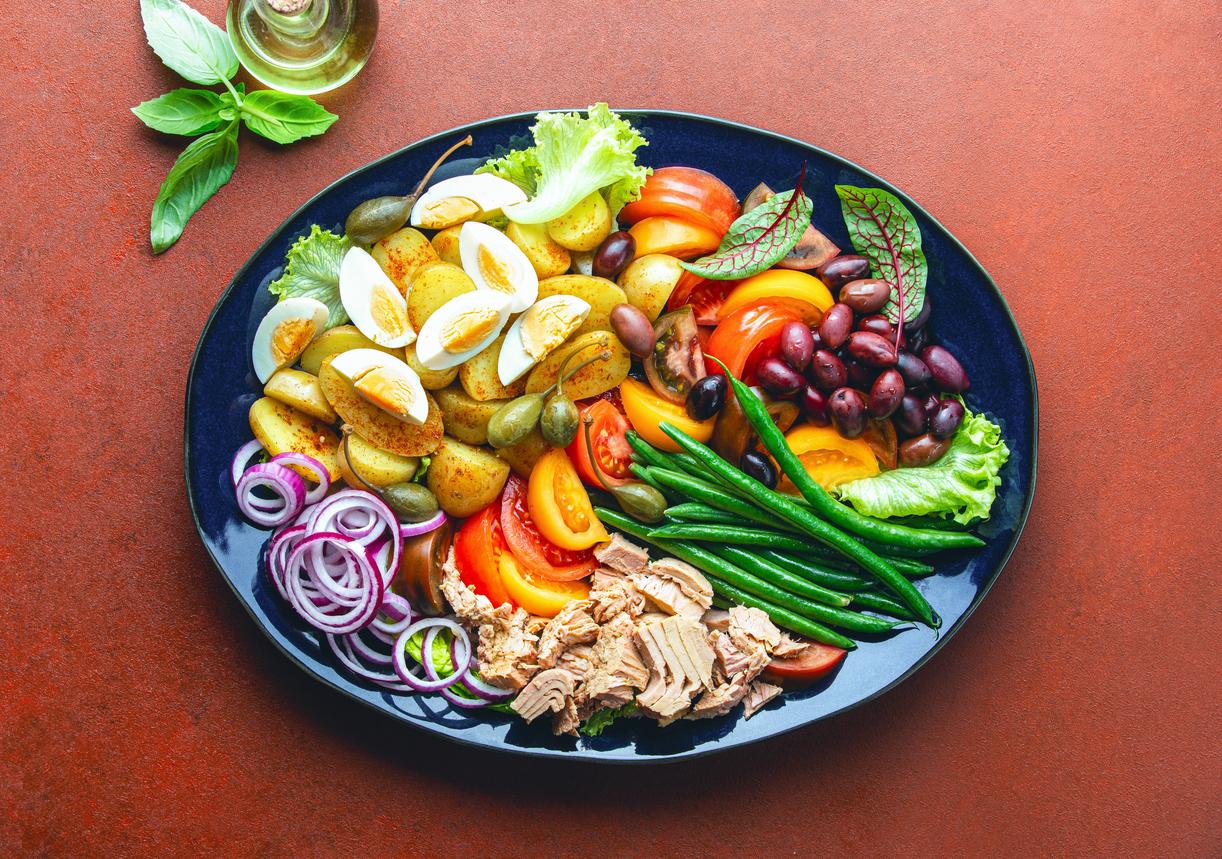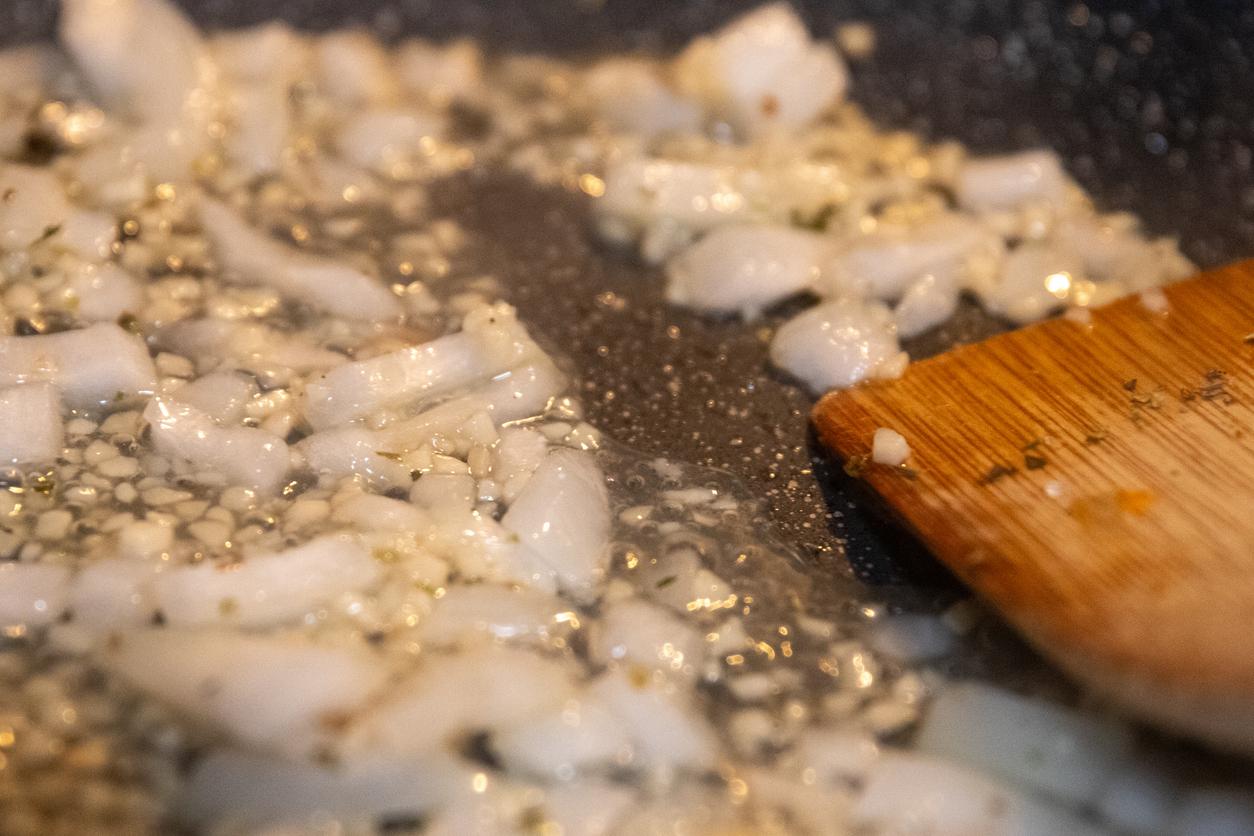It is an emblematic pastry shop, “One of the greatest pastry successes of the last 20 years”, in the words ofUFC-What to Choose. Only, the association warns: behind the various and festive colors of the macaroons hide food coloring, sometimes prohibited or used beyond the doses defined by the European Food Safety Agency (Efsa). In an article published on his website, it relays the results of an investigation by the General Directorate for Consumption and Fraud Control (DGCCRF), which deplores that “Some professionals do not hesitate to play upbeat in the palette by resorting to an overdose”.
According to the DGCCRF survey, out of nearly 30 samples analyzed during a 2017 control in New Aquitaine, 44% of the badges “Exhibited non-conformities”. 22% of the products were even unfit for consumption because they contained too large amounts of coloring. As a reminder, these food additives are indicated on the labels with the indication “E + 1XX”.
Pastries sometimes “unfit for consumption”
In 2018, searches were broadened, so that regulatory limits were exceeded at the national level. Thus, the consumption of a single “poppy macaroon” for an adult and a half for a child – containing a high concentration of coloring E124, normally prohibited for use for macaroons – “Was sufficient to achieve an excess of the authorized daily intake (ADI) of the color in question. They have been declared unfit for consumption ”. Another, tricolor and nicknamed “Football World Cup”, contained two synthetic dyes. One banned, E124, and the other authorized but found in excessively high concentrations, E133.
This month theUFC-What to Choose had already disassembled the macaroons raspberries Where pistachios All too often contain dyes that are not recommended or in amounts above the maximum permitted limits. The DGCCRF warns, relayed by the association, that the children “May develop a tendency to hyperactivity following repeated exposure to azo dyes”. It recalls that regulations require the mention “May have adverse effects on activity and attention in children”.
Read also :
- Colorants, preservatives: all the additives to watch out for
- Food additives: a guide to understanding their health effects








